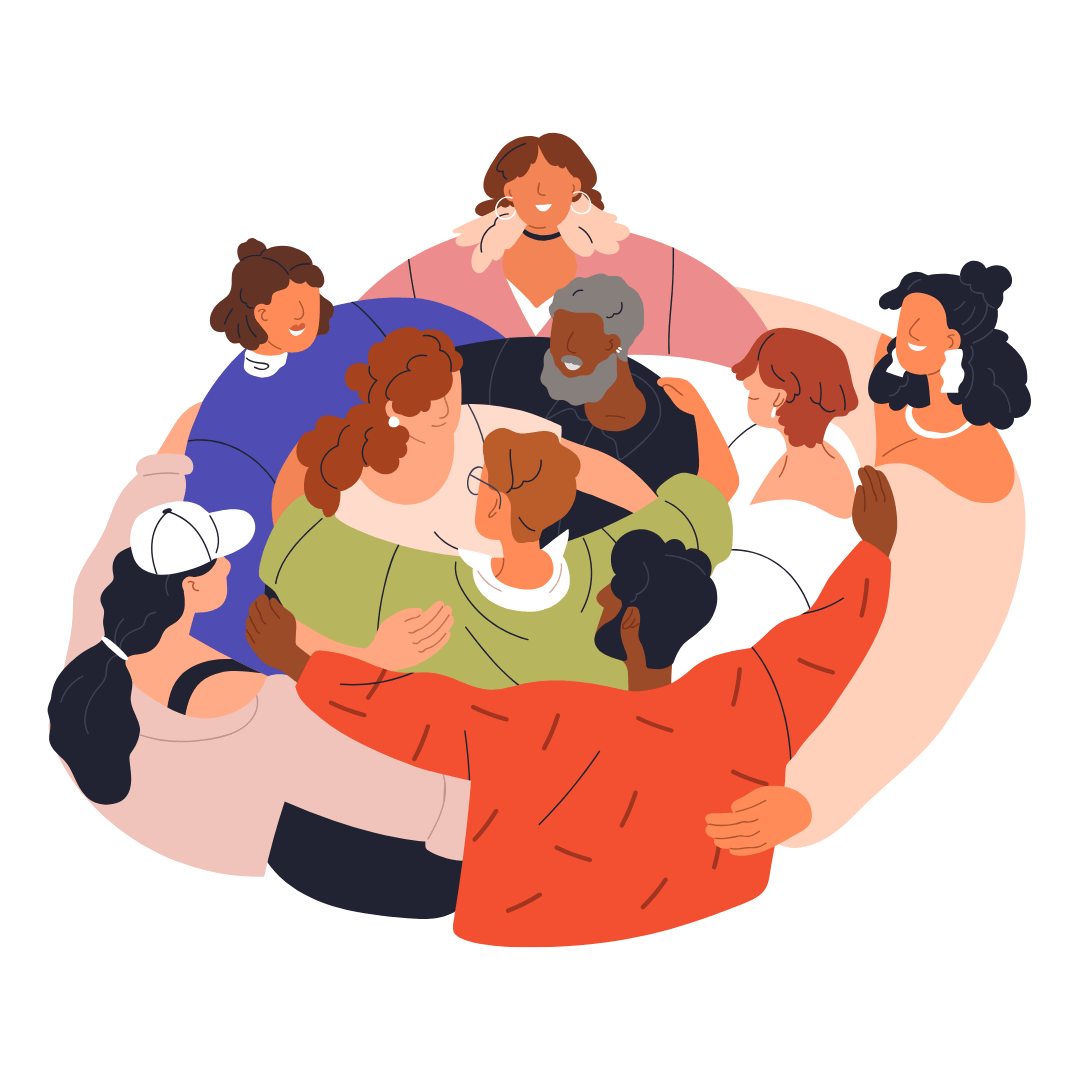Healthy Relationship with Food: Breaking Up with Food Addiction
For many of us, food is more than just nourishment. It’s a source of comfort, a way to celebrate, or even a tool for coping with stress. But when food becomes a constant source of comfort and control, it can evolve into something that feels like an addiction, something we rely on, sometimes without even realising it, to manage emotions and ease discomfort. Breaking up with food addiction doesn't mean depriving ourselves, instead, it’s about transforming our relationship with food to be healthy, intentional and supportive of our overall wellbeing.
In this post, we will explore food addiction, how it affects both our body and mind, and practical steps for breaking free from its hold to build a healthier relationship with food.
What is Food Addiction?
Food addiction is more than just overeating or having the occasional craving. It’s a pattern of compulsive eating behaviours that often include intense cravings, and feelings of guilt or shame. Many people with food addiction find themselves repeatedly eating large amounts of food, even when they aren’t hungry.
Food addiction usually isn’t about the food itself, it’s often a coping mechanism that develops over time. Here are some common underlying causes:
- Emotional Triggers: Stress, loneliness, and past trauma can all contribute to food addiction. When we use food as a way to cope, it can quickly become a go-to for relief from challenging feelings.
- Biological Factors: Processed foods can trigger dopamine release in the brain, creating a sense of reward and pleasure. Over time, the brain starts to crave more of these foods to achieve the same reward, leading to a cycle of dependency.
- Cultural Pressures: Society often promotes certain body ideals and pressures to look or eat in specific ways. This can lead to cycles of restriction and bingeing, both of which fuel an unhealthy relationship with food.
Steps to Breaking Up with Food Addiction
Letting go of food addiction isn’t about giving up foods you love, it’s about creating a balanced relationship that respects both your physical and emotional needs.
Identify Your Triggers
Awareness is a powerful tool. Begin by noticing when you turn to food for reasons other than hunger. Keep a journal and record your emotions, environment, and the types of food you crave. Over time, you may notice patterns, such as eating when stressed or lonely, that can help you pinpoint what drives the addiction.

Practice Mindful Eating
Mindful eating is about slowing down and being fully present with your food. Before eating, take a moment to ask yourself if you’re truly hungry or if something else is prompting you to eat. When you do eat, savour each bite, paying attention to the flavours, textures, and sensations. This practice helps reduce mindless eating and encourages a greater appreciation for food.

Replace Food with Other Coping Strategies
When food is your primary coping mechanism, it can be helpful to find other ways to manage emotions. Consider activities like:
- Physical movement - Exercise can relieve stress and release feel good endorphins.
- Breathing exercises or meditation - These can help you calm your mind and reconnect with your body.
- Creative outlets - Art, writing, or music can give you an emotional release that doesn’t involve food.

Reframe Negative Thoughts About Food
Changing your mindset about food is key to breaking the cycle of addiction. Instead of seeing certain foods as “bad” or “off-limits,” try thinking of food as a course of nourishment. Aim to incorporate a variety of foods that make you feel food and energised, rather than foods that may leave you feeling drained or guilty.

Build a Support Network
Breaking up with food addiction can be challenging, and having support can make a huge difference. Consider joining a community or support group where others understand the journey of managing food-related issues. Friends, family members, or a therapist can also be valuable sources of encouragement and accountability.

Set Realistic, Gentle Goals
Big changes take time, and patience is essential on this journey. Rather than trying to eliminate your cravings or emotional attachments to food overnight, start with small, achievable goals. For example, aim to have one meal a day when you focus on mindful eating or identify one non-food-related coping strategy you can try when emotions are high.

Developing a Healthy Relationship with Food
Developing a healthier relationship with food is an ongoing journey, and it’s okay to have ups and downs. By learning to approach food with more mindfulness, self-compassion, and curiosity, you’ll start to notice shifts in your habits and mindset. Rather than using food to fill emotional needs, you can build habits that create true fulfilment and nourishment.
Conclusion
Breaking up with food addiction isn’t a one-time fix, it’s a gradual process of changing habits and mindsets that may have taken years to build. It requires patience, self-compassion, and a willingness to try new strategies. Ultimately, this journey leads to a more empowered and balanced relationship with food, where you’re in control and can enjoy the nourishment food offers without guilt, shame, or dependency.
Remember, you’re not alone in this journey. By taking small steps and seeking support, you’re already on the path to a healthier, happier realtionship with food.
Copyright © 2025 · Food Addiction UK


